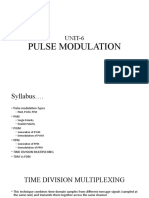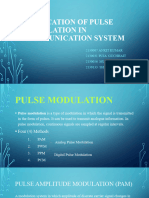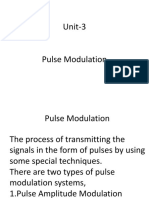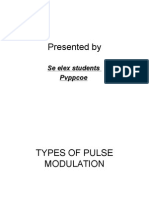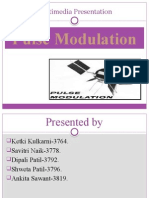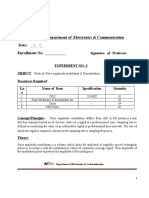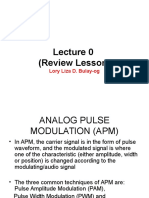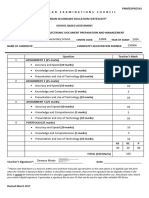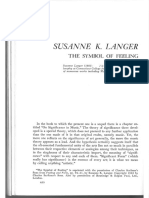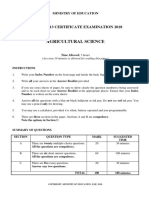0% found this document useful (0 votes)
32 views19 pagesPulse Amplitude Modulation
Pulse Amplitude Modulation (PAM) is a simple modulation technique used for signal transmission, where the amplitude of pulses encodes the information. It is categorized under pulse modulation and can be implemented using flat top or natural sampling techniques. PAM has various applications, advantages, and disadvantages, including its simplicity and the need for large bandwidth.
Uploaded by
rittwika.academicsCopyright
© © All Rights Reserved
We take content rights seriously. If you suspect this is your content, claim it here.
Available Formats
Download as PDF, TXT or read online on Scribd
0% found this document useful (0 votes)
32 views19 pagesPulse Amplitude Modulation
Pulse Amplitude Modulation (PAM) is a simple modulation technique used for signal transmission, where the amplitude of pulses encodes the information. It is categorized under pulse modulation and can be implemented using flat top or natural sampling techniques. PAM has various applications, advantages, and disadvantages, including its simplicity and the need for large bandwidth.
Uploaded by
rittwika.academicsCopyright
© © All Rights Reserved
We take content rights seriously. If you suspect this is your content, claim it here.
Available Formats
Download as PDF, TXT or read online on Scribd
/ 19




